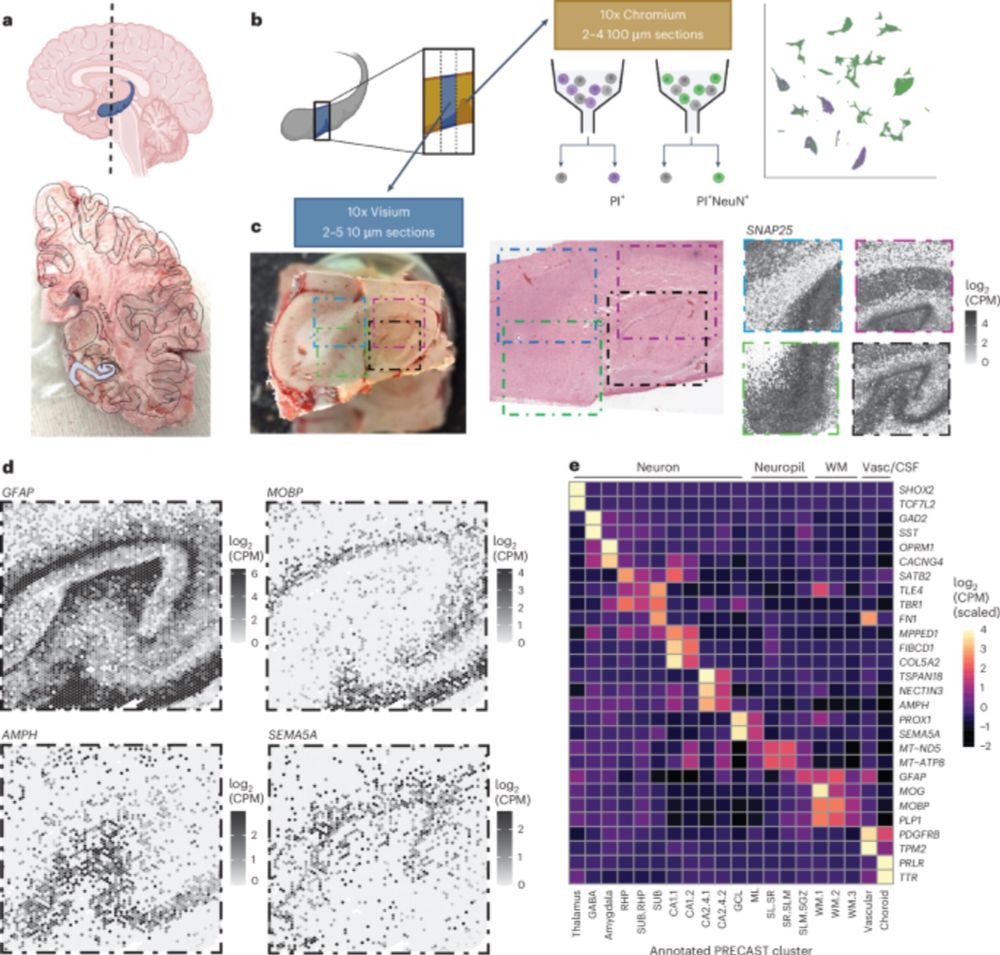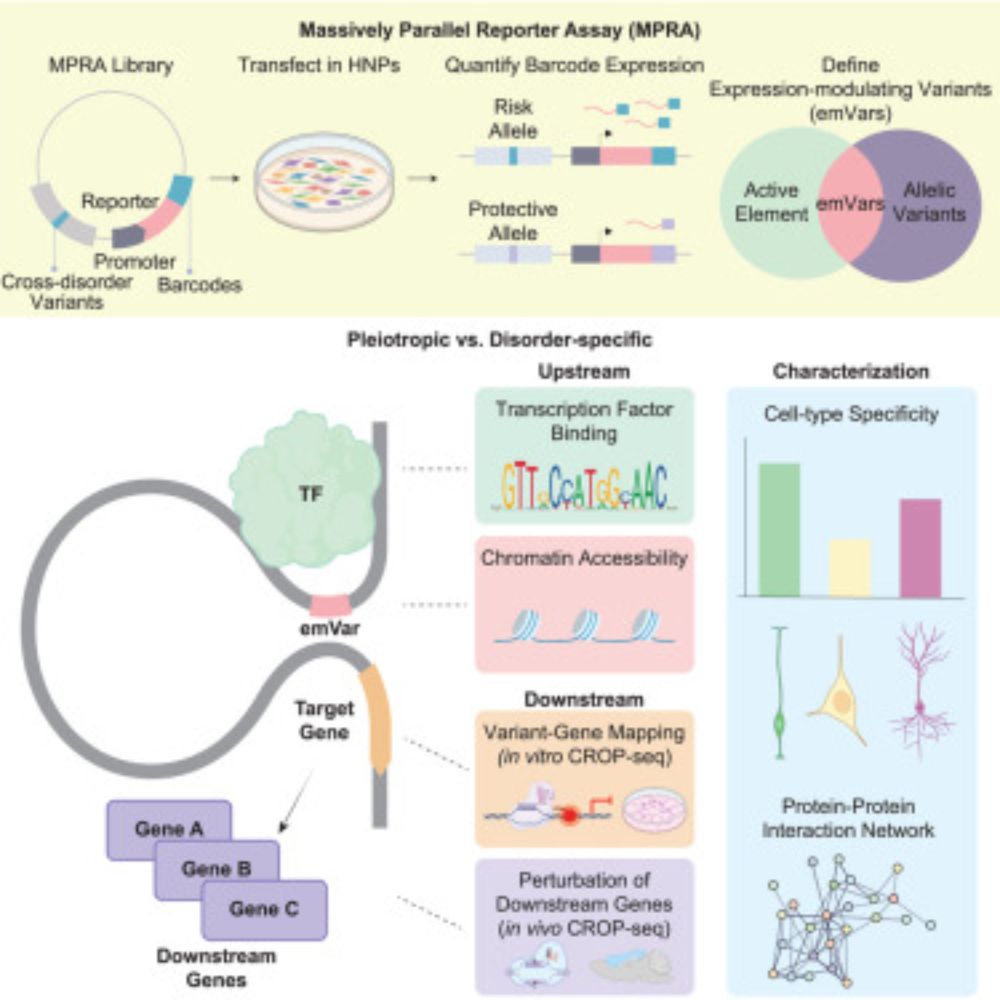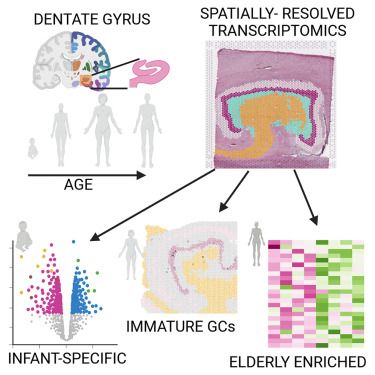Please click here ➡️ tinyurl.com/52447muh to watch the acceptance video by Michael Gandal, M.D., Ph.D.

Please click here ➡️ tinyurl.com/52447muh to watch the acceptance video by Michael Gandal, M.D., Ph.D.
Check it out, get in touch. We welcome any feedback, suggestions, wishes (& contributions).
It’s been a joy working with you @estellayixingdong.bsky.social!
Check it out, get in touch. We welcome any feedback, suggestions, wishes (& contributions).
It’s been a joy working with you @estellayixingdong.bsky.social!
I'm there too - get in touch!

I'm there too - get in touch!

www.nature.com/articles/s41...

www.nature.com/articles/s41...
#Calicumimaging #miniscopes #rCPT #PrL

#Calicumimaging #miniscopes #rCPT #PrL

recruiting.paylocity.com/recruiting/j...

recruiting.paylocity.com/recruiting/j...
www.nature.com/articles/s41...

www.nature.com/articles/s41...

www.biorxiv.org/content/10.1...

www.biorxiv.org/content/10.1...
Lots of updates from the preprint!

Lots of updates from the preprint!



View the official announcement: www.sfn.org/publications...

View the official announcement: www.sfn.org/publications...
www.nature.com/articles/s41...

www.nature.com/articles/s41...
www.cell.com/cell/abstrac...

www.cell.com/cell/abstrac...
We introduce SpotSweeper, the first spatially-aware QC methods for spatial transcriptomics.
📰 Paper : nature.com/articles/s41...
💻 Code: github.com/MicTott/Spot...
📈 Website: mictott.github.io/SpotSweeper/
🧵👇

We introduce SpotSweeper, the first spatially-aware QC methods for spatial transcriptomics.
📰 Paper : nature.com/articles/s41...
💻 Code: github.com/MicTott/Spot...
📈 Website: mictott.github.io/SpotSweeper/
🧵👇
www.cell.com/cell-reports...

www.cell.com/cell-reports...
W189 A Two-Resolution Spatial-Molecular Atlas of the Human Ventromedial and Arcuate Hypothalamus and Its Sex Differences
W189 A Two-Resolution Spatial-Molecular Atlas of the Human Ventromedial and Arcuate Hypothalamus and Its Sex Differences


